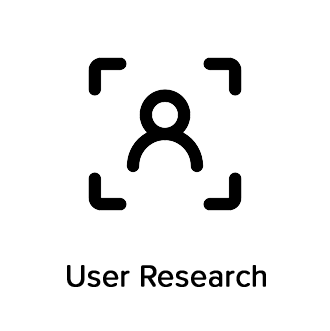Warehouses are notoriously difficult places to heat. Huge spaces require huge heating systems; often large overhead propane gas heaters or industrial warm air systems. But with roller-shutter doors continuously opening and closing, heat naturally escapes – much to the detriment and comfort of the people working within them.
Not only are these heating systems expensive to install and run, there’s so much energy waste, thereby increasing running costs and carbon footprint – you can see the never-ending problem.
We first met Tim Bailey, when he came to us with an idea for a product that he wanted turning into a CAD model. At the time Tim owned a large facilities management firm specialising in warehouse maintenance. Having maintained warehouses up and down the country, Tim had seen first-hand the inefficiencies and expense of running big overhead heaters. And with every worker having individual temperature needs, he could see keeping everyone warm and happy from a single heat source, simply wasn’t working.
Overhead propane gas heater
Anti-fatigue mat
It was then he noticed most warehouse operatives stand on anti-fatigue mats, so thought why not combine the two and make a floor mat that heats the individual as well?
We spent a lot of time discussing his early designs, showing him that designing and launching a product isn’t as simple as creating a CAD model, it needs a strategic approach. We scoped out a full product development process, with each stage informing the next, to achieve the most successful outcome. We took the project back a few steps to ensure the foundations and assumptions were qualified. User-research and feasibility reviews, were followed with a series of testing procedures we developed to validate each iteration of prototype.
We helped prospective customers experience early design concepts through a Virtual Reality (VR) warehouse environment
Fabricated metalwork prototypes were built, tested, iterated and re-built.
Testing in a realistic ambient temperature meant going to an Ice Cube factory to test the heat element through thermal imaging cameras
For what is a brilliantly simple concept, the product development process threw up a considerable amount of challenges: How do you stop a user from rolling their office chair directly on the mat? How do you heat rubber and not get an off-putting odour? How do sensors work under heat? How do you make it lightweight enough to carry and ship, but strong and robust enough not to bend or break? How do you optimise the design to keep tooling and material costs to a minimum?
Thankfully we always found a solution to every problem we encountered, testimony to Tim’s resilience and what seemed an unlimited amount of drive and determination. After securing the necessary certifications and completing some very successful trials, Tim was able to begin scaling up production. His first customers were those who’d been involved in the early trials, they hasn’t wanted to give the prototype’s back and so couldn’t wait to get some production units.
Although business are always looking for efficiency savings when it comes to energy usage, with the unprecedented rise in wholesale prices seen in 2022 there has been a huge amount of interest in the heat mats, to help bring these costs under control. BT, Brompton Bikes, Waterstones and Wayfair are just a few of the business that are using WarmTronics. A recent innovation award and interest from European businesses illustrates just how successful Tim’s launch into the market has been.
““It’s hard at the start, because you don’t really know what you’re going to get. But after listening to Pd-m talk about other products they’ve worked on, how passionately they talked about them, and how they shared the challenges in the process that they overcame, I could see their commitment. I could see their value. I knew this was right for the product.””




























